In the spring before the flowers start to open and in the fall when the flowers are closing for the season, you have to feed your bees. Yep, I feed my bees, Liz feeds her bees. If you are a beekeeper most likely this time of year you have purchased a big bag of sugar from the grocer and have saved one or two of your empty plastic gallon milk jugs to store sugar water.
I have heard several different recipes for making sugar water for bees. I have decided 1/2 sugar + 1/2 water mix cooked over medium heat stirred until sugar dissolves is just fine, and simple. You know the simple syrup you use in your cocktails, that’s what bees like to be fed.
They take the offering and store it up to use over the cold winter months. A colony should have at least 40 pounds of honey in mid October for winter stores. This is equal to one full super and six frames in the second super. One hive body filled with honey weighs about 60 pounds.
Mine is a little light so I started feeding, probably a week or two later than I should have, but who knows what the weather will throw at us. If we have a long warm fall, the asters, goldenrod, and clover will continue to hold blooms and give the bees a food source. If a frost hits kills the blooms I will be feeding my bees and hoping they will store enough before winter hits full force. I just need to make sure that the bees have enough time to take the offering, covert it into honey and cap it. It should be remembered that bees need warmth to work and a reasonable daytime temperature is essential to allow them time to convert. With fall feeding, a lot of sugar fed in a short time is key. I will know when they have stopped feeding when the sugar water no longer needs replaced.
How do you feed bees? Liz’s hives are the easiest, she designed it so that the bees enter her hive from the top box, the bottom of her hive sits on top of a screen that covers a feeder box that is where she can fill the sugar water. Nothing to add, just a small lid to remove and she fills up the box. The bees can come down and lick at the sugar, carry it back up into the hive and work their magic turning it into food for the winter.
Really Liz’s set up is genius!
My hive is your typical apiary where the bees enter from the bottom so I have to feed from the top, which means I have to add another box. More work and I have to open the hive to feed them. They do make feeder boxes, and I have used a wooden box and a plastic box. In my experience they both are wasteful! The bees can’t reach all the sugar water and it crystalizes and/or other bugs climb into the box and make a mess. I use mason jars that have pin size holes in their lids, the jars sit on a small wooden plate with a screen attached so that the bees can come up and lick as the sugar drips. This has many negatives as well. One sugar water inevitable leaks down through the hive, two the holes get clogged and three mold grows inside the jars if the bees don’t drink it fast enough.
So there you have it, that is how I feed my bees. I hope to feed at least a gallon of sugar water in the next month. I will check the hive once a week to see how much sugar water they have taken and feed according to that. Here is hoping they make lots of honey to feast on over the winter!

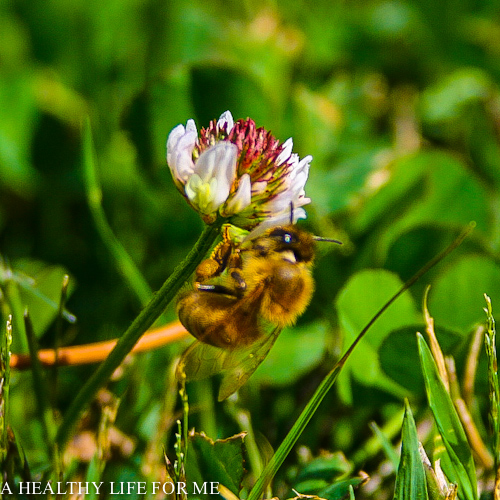
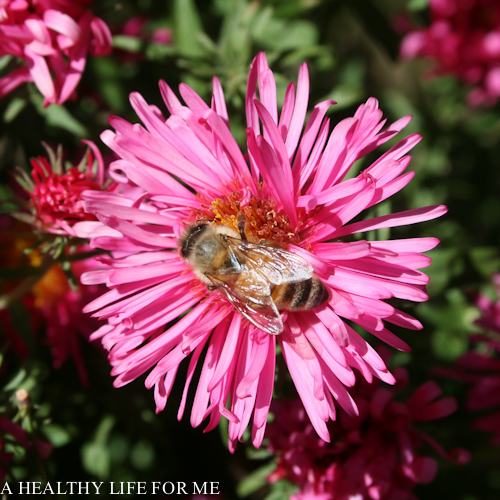
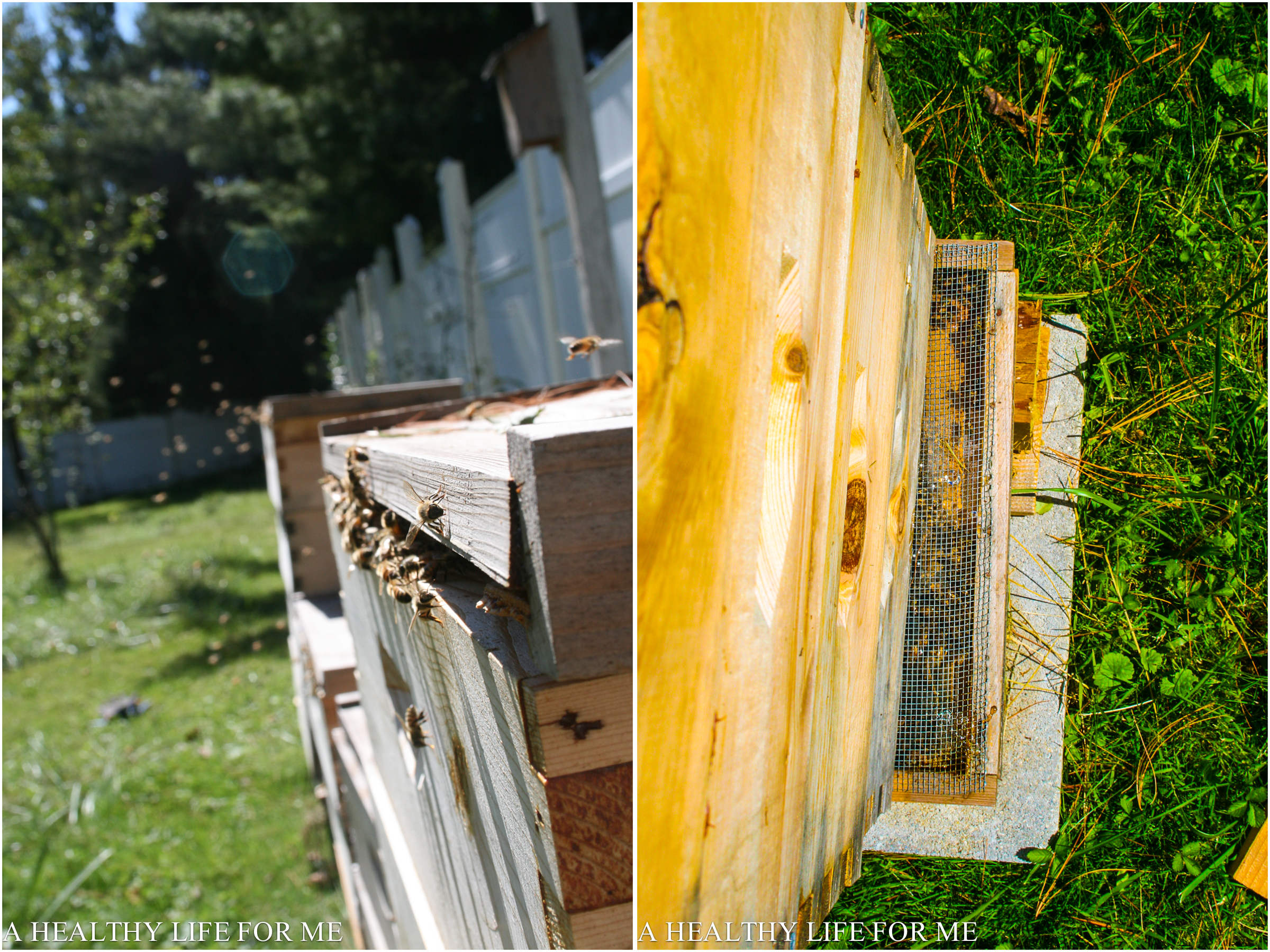
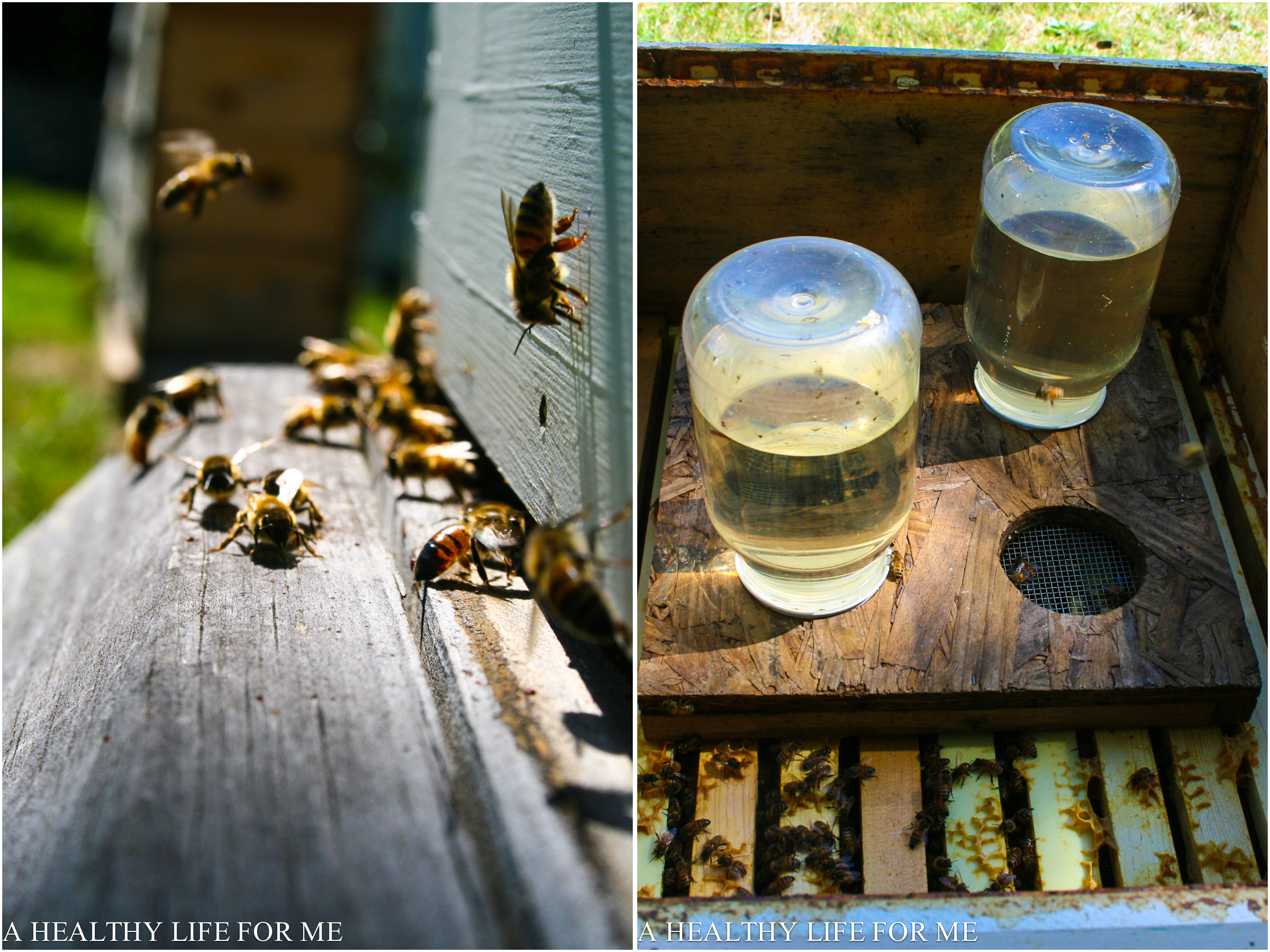
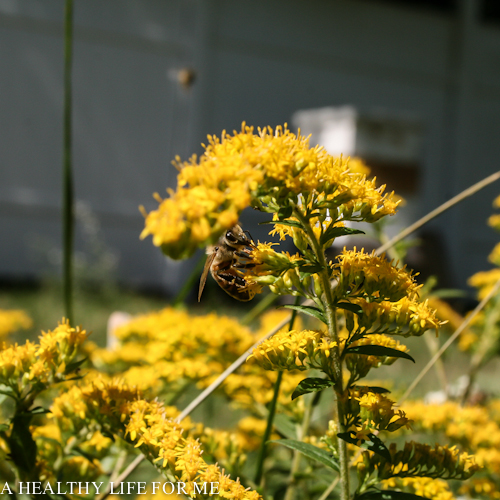
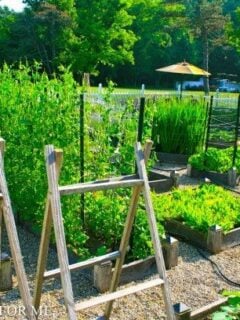
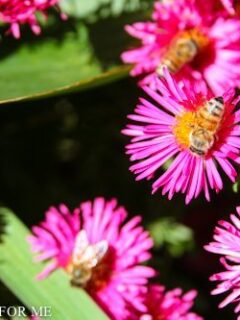

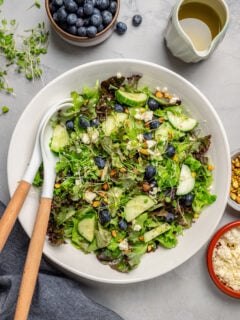
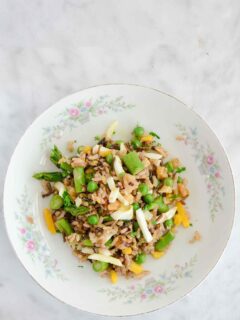

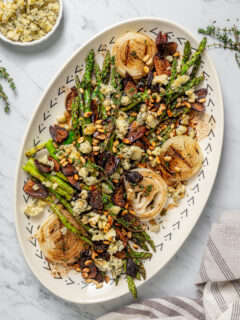
How interesting to learn about bees! Wonderful!
I love seeing the “bee keeping” process.
Thanks Stacey. I wish I could capture what it feels like when you open the hive and they are buzzing all around you. I may take my video recorder out when we do our next big check to share the sounds with everyone.
Bees are fascinating, I often think about keeping them! Thanks for sharing this Amy.
You should! If you find your local beekeeping association they will help you set up with minimal cost and support you until you are confident to go out on your own.
Look at you! You’ve become a beekeeper. 🙂
I use a solution of 5 parts sugar to 3 parts water. The 1:1 solution is said to stimulate brood rearing, which is desired in the spring but not necessarily in the fall. With the 5:3 solution, I feel as if the bees get more sugar more quickly…which seems important as winter approaches.
P.S. Love the new look on the blog.
Thanks Liz, I will beef up my sugar water!